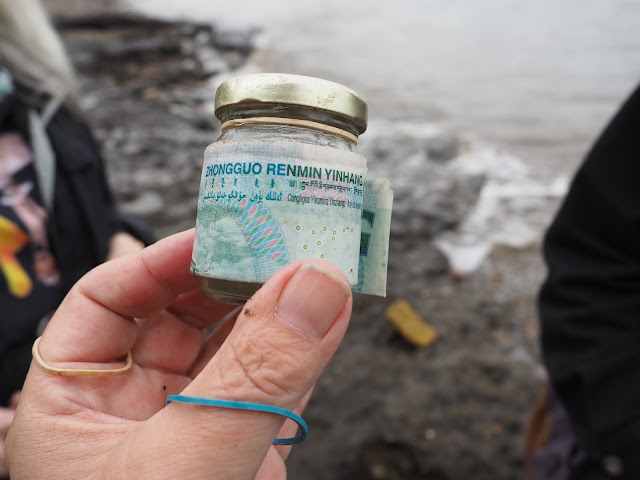I’m not surely exactly when I ‘discovered’ the Salton Sea, but I know it was some time in the 1990s and I’d driven out there from Palm Springs, not knowing what I’d find. Of course the Salton Sea didn’t (and doesn’t) need any actual discovering, though it does seem to be one of those places that’s constantly being reinvented and reimagined.
On that day twenty some years ago, I arrived in North Beach at the top end of the sea. I was part desert rat, part dumb tourist and I found myself in a Ballardian landscape; empty motel, abandoned swimming pool, pelicans on the water.
I thought I’d set foot in one of the most wonderful places on earth.
The Salton Sea is a Johnny-come-lately of the California landscape. It came into existence in the very early part of the twentieth century when canals were built, diverting water from the Colorado River into the dry lakebed of the Salton Sink, and for a while the land became fertile and agriculture thrived.
But then the Colorado River burst its irrigation channels and vast amount of its water went into the Salton Basin; a disaster for farms and the farmers who lived there. It took a while to sort that out.
Much, much later, in the 1950s, there was Salton City, intended to be a swanky desert resort, but with water. That worked for a while but then flooding, pollution, and high salinity made the Salton Sea a much less appealing holiday destination.
Of course none of this deterred a certain kind of desert lover and desert dweller. Not so far away from this ‘planned community’ was and is a community of a different kind: Bombay Beach which is a sort of ghost town and a sort of hippy exclave: though now according to sources it’s an ‘art hub.’
So that’s where we went. We walked on the beach, we looked at the art, we talked to a few other walkers, we observed some dangerous looking black smoke on the horizon. Without being too intrusive we looked at the various curious ways people live there. It was great.
I tried but I didn’t quite make it. The land seemed perfectly solid underfoot but before long my feet went through the top crust into the mud beneath. That was fair enough and much as expected, and I could deal with that. I’d done it often enough before. But then a little further on my feet through the mud into some hideous black tar. Once your foot went in you needed colossal strength to pull it out against. It was impossible to walk there. We turned back, returned to the sand and gravel, feeling like failures.
 |
| Pic by Caroline Gannon, as are all the ones below. |
And then I looked at my shoes. They were not a pretty sight. In fact I didn’t think I could ever wear them again, certainly not to go out to the martini bar I had in mind for the evening.
And they lasted all of three days before one of the heels came off.
The desert, she’s a tough mistress, and very hard on the shoes.

























































